17 Weirdest Animals in the World That Prove Nature Has a Sense of Humor
Nature doesn’t always play by the rules. For every majestic lion or elegant eagle, there’s a creature so bizarre it looks like a science experiment gone rogue. Some animals are evolutionary oddities, blending traits that seem like they shouldn’t exist together. Others behave in ways so strange that it’s hard to believe they’re real. From fish that walk to mammals that lay eggs, here are some of the weirdest animals on Earth.
Axolotl – The Salamander That Refuses to Grow Up
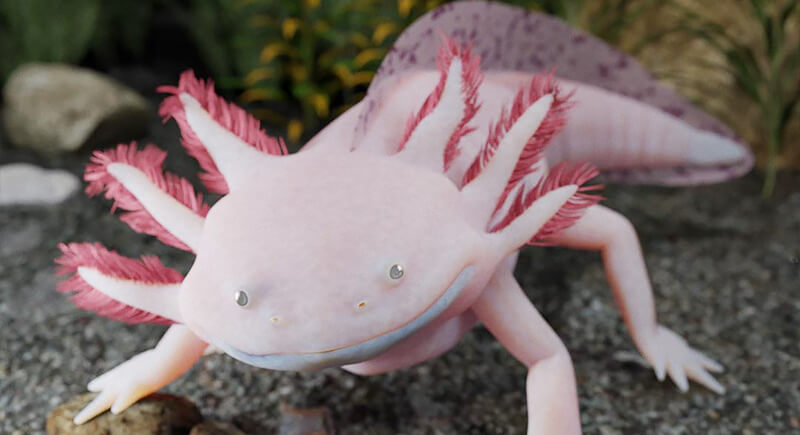
Credit: Reddit
Most amphibians go through metamorphosis, but the axolotl decided to stay in its youthful, water-dwelling state for life. This Mexican salamander retains its feathery gills and perpetually looks like a baby. Despite its innocent appearance, it can regenerate entire limbs, spinal cords, and even its brain.
Narwhal – The Unicorn of the Sea
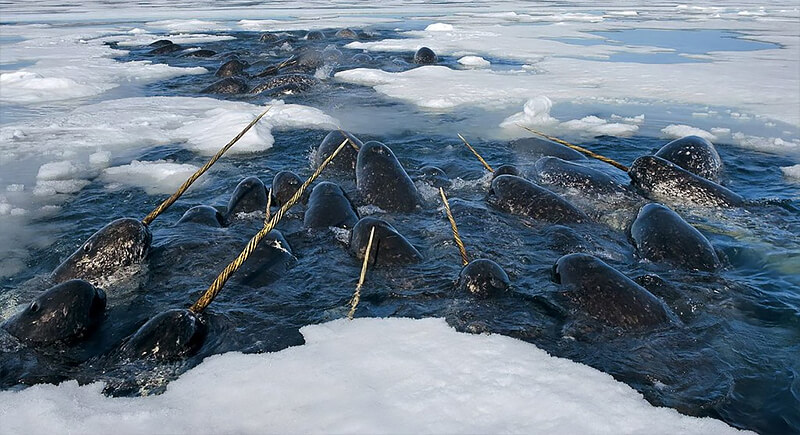
Credit: flickr
If you ever thought unicorns were pure fantasy, the narwhal might change your mind. This Arctic whale has a long, spiral tusk that can grow up to ten feet, giving it an almost mythical presence. Scientists still debate whether it’s used for fighting, sensing changes in the environment, or impressing potential mates, but one thing’s certain—it’s one of nature’s strangest creations.
Shoebill – The Dinosaur Bird That Stares Into Your Soul
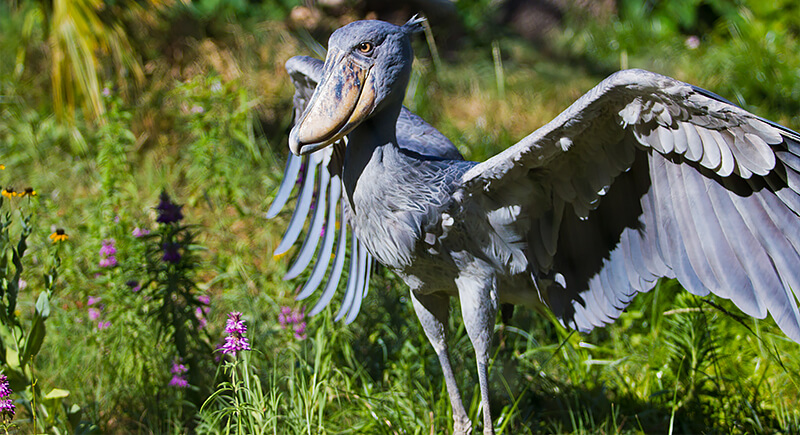
Credit: flickr
Standing over four feet tall with a beak that looks like it belongs to a prehistoric predator, the shoebill is one of the most unsettling birds on the planet. It doesn’t just look intimidating—its hunting technique involves standing motionless for hours before striking at unsuspecting fish with eerie precision. And it claps its massive beak together, making a sound reminiscent of a machine gun.
Tarsier – The Wide-Eyed Primates That Look Permanently Shocked
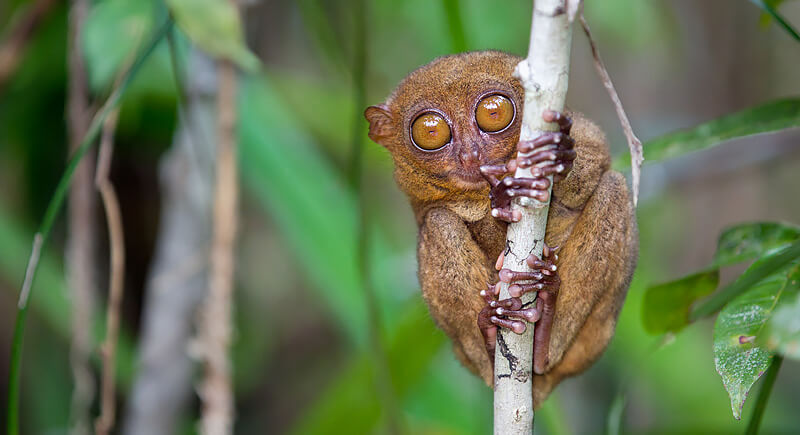
Credit: flickr
With eyes so large they can’t even move in their sockets, the tarsier is one of the most peculiar primates. Instead of moving their eyes, they rotate their heads nearly 180 degrees to survey their surroundings. Found in Southeast Asia, these tiny creatures leap between trees with supernatural agility, using their elongated fingers to snatch insects out of mid-air.
Pangolin – The Walking Artichoke of the Animal Kingdom
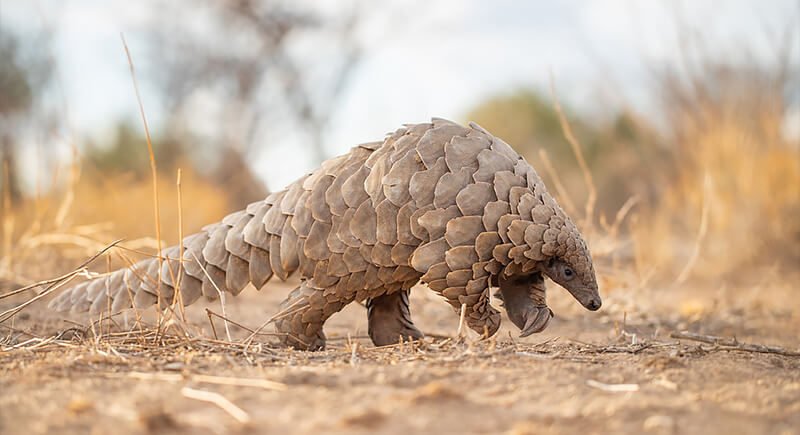
Credit: flickr
Covered in overlapping scales, the pangolin looks more like a medieval weapon than a mammal. When threatened, it curls into a near-impenetrable ball. Unfortunately, these creatures are also among the most trafficked animals in the world due to the demand for their scales in traditional medicine, putting them at risk of extinction.
Kakapo – The Chubby, Flightless Parrot That Smells Like Flowers
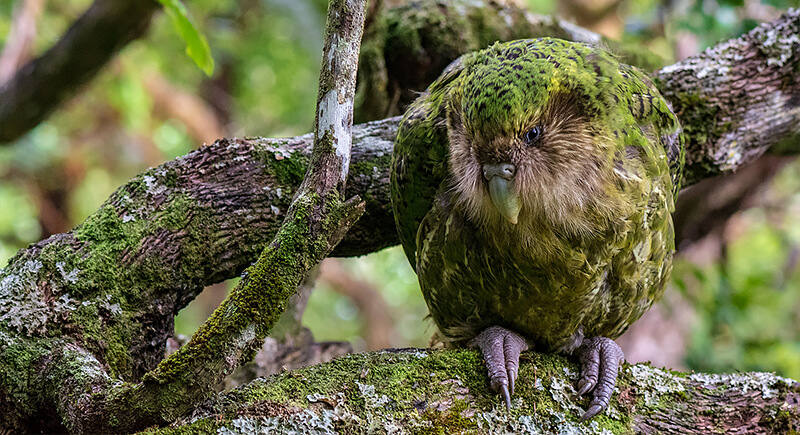
Credit: flickr
Most parrots fly. Most parrots are loud. The kakapo does neither. Native to New Zealand, this chunky, nocturnal bird waddles around the forest floor and has a unique musky-sweet scent. It’s also critically endangered, with only about 250 left, making conservation efforts crucial for its survival.
Star-Nosed Mole – The Animal With Tentacles for a Face

Credit: Reddit
If there were an award for the strangest-looking nose, the star-nosed mole would win hands down. This underground dweller uses its 22 fleshy, pink appendages to detect prey in near-total darkness. It can identify and consume food faster than any other mammal, devouring insects in as little as 120 milliseconds.
Aye-Aye – The Lemur That Looks Like It Casts Curses
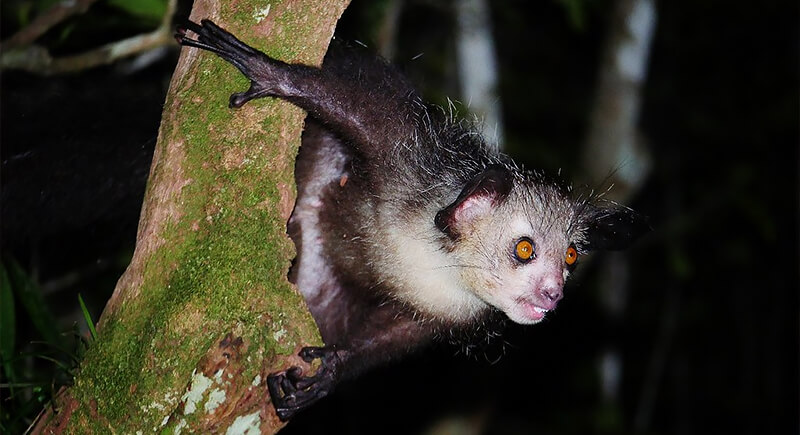
Credit: flickr
With spindly fingers, bulging eyes, and constantly growing teeth, the aye-aye has a face that only its mother could love. This nocturnal lemur from Madagascar uses its elongated finger to tap on trees, listening for echoes that indicate the presence of grubs. It then gnaws into the wood and scoops them out, much like a primate woodpecker.
Blobfish – The Ultimate Victim of Bad Photos
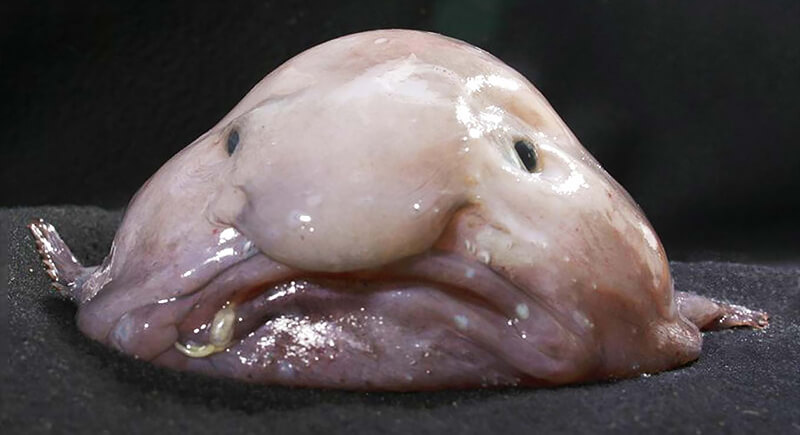
Credit: flickr
The blobfish became famous for its unflattering deep-sea mugshots, where it appears as a saggy, gelatinous blob. However, in its natural deep-sea habitat, it looks much more like a normal fish. The lack of muscle and gelatinous flesh helps it survive extreme pressures at the ocean floor, proving that sometimes, function trumps fashion.
Glaucus Atlanticus – The Alien-Looking Sea Slug
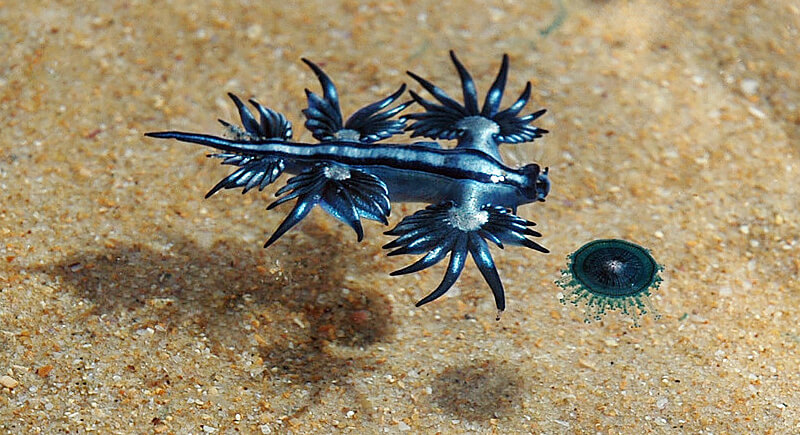
Credit: flickr
Often called the “blue dragon,” this tiny sea slug looks like a creature from another planet. Floating upside-down on the ocean’s surface, it feeds on venomous creatures like the Portuguese man o’ war and stores their stinging cells for its own defense. Despite its delicate, almost ethereal appearance, it’s surprisingly dangerous to anything that tries to eat it.
Saiga Antelope – The Antelope With a Built-In Air Filter

Credit: Facebook
Native to the steppes of Central Asia, the saiga antelope is best known for its oversized, bulbous nose. This odd snout helps filter out dust in summer and warms the freezing air in winter. It’s an evolutionary masterpiece, but habitat loss and poaching have put it on the critically endangered list.
Glass Frog – The Frog You Can See Through
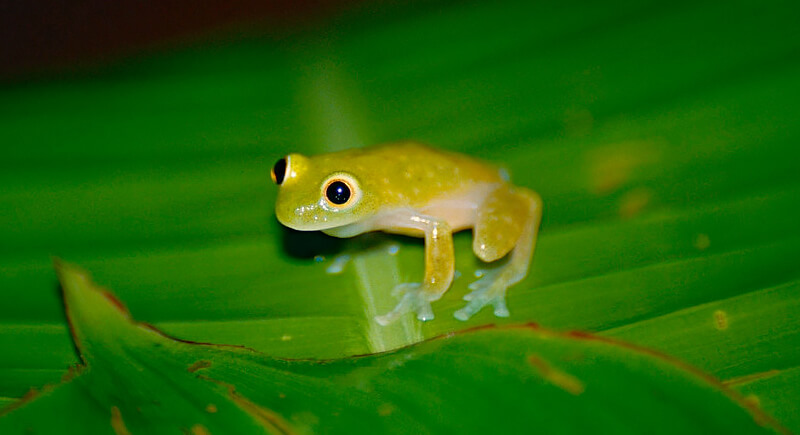
Credit: flickr
If transparency is your thing, the glass frog has you covered—literally. Its skin is so clear that you can see its organs, including its beating heart. Found in Central and South American rainforests, these frogs rely on their unique camouflage to blend seamlessly with leaves, avoiding predators in plain sight.
Komodo Dragon – The Venomous Giant Lizard
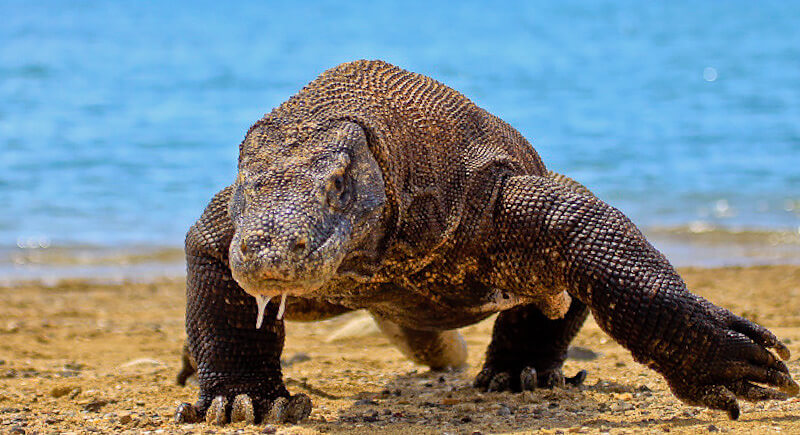
Credit: flickr
Komodo dragons are not your average reptiles. Growing up to 10 feet long and weighing over 150 pounds, these massive lizards have serrated teeth covered in venom that can cause their prey to bleed out over time. As if that wasn’t enough, they can also detect carrion from miles away, making them some of the most efficient scavengers on Earth.
Magnificent Frigatebird – The Bird With an Inflatable Throat Pouch
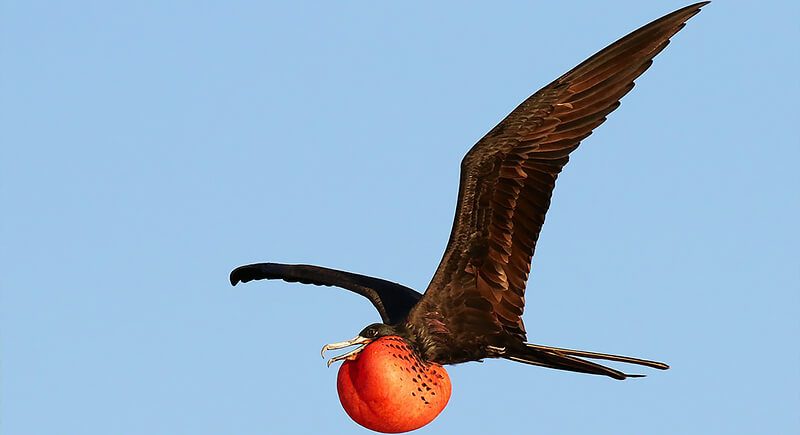
Credit: flickr
Male frigatebirds take romance to the next level by inflating a massive red-throat pouch to attract females. It’s a bold statement, but it works. These birds are also aerial pirates, harassing other seabirds mid-flight until they drop their food—an unusual but effective way to get a meal.
Wombat – The Only Animal That Poops Cubes
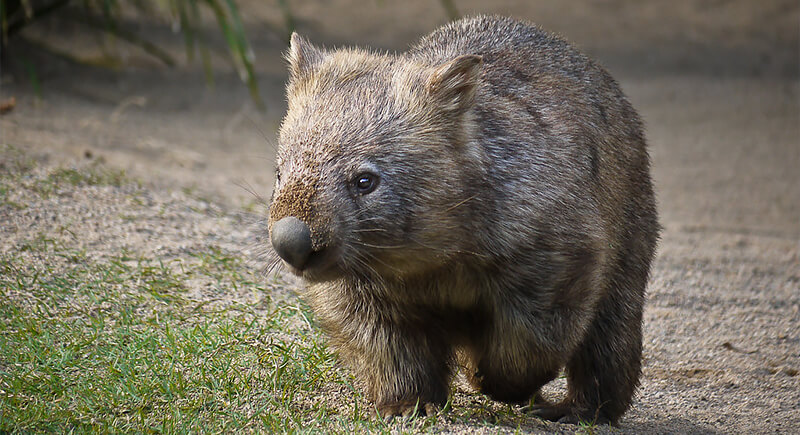
Credit: flickr
Most animals have rounded droppings, but the wombat’s digestive system is uniquely designed to produce cube-shaped poop. This bizarre adaptation prevents their feces from rolling away, helping them mark their territory effectively. Scientists are still unraveling how their intestines pull off this geometrical feat, but one thing’s for sure—wombats keep things interesting.
Leafy Sea Dragon – Disguised Like a Floating Salad
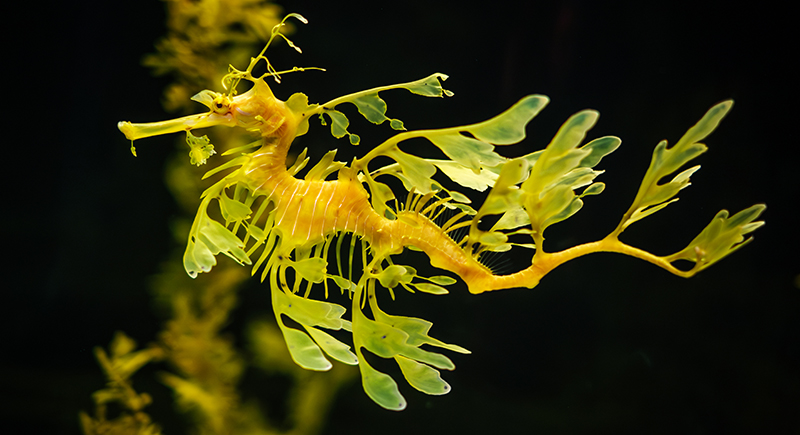
Credit: iStockphoto
Looking like a pile of seaweed that decided to grow eyes, the leafy sea dragon is camouflage taken to an extreme. Native to Australia, this fish drifts through coastal waters with leaf-like appendages that help it vanish in plain sight, confusing predators and photographers alike.
Pink Fairy Armadillo – The Pocket-Sized Digging Machine

Credit: Wikimedia Commons
Barely longer than a dollar bill, the pink fairy armadillo looks like a plush toy brought to life. Covered in a rosy, flexible shell and soft white fur, this elusive Argentine mammal spends most of its time underground, using oversized claws to vanish into sand almost instantly.